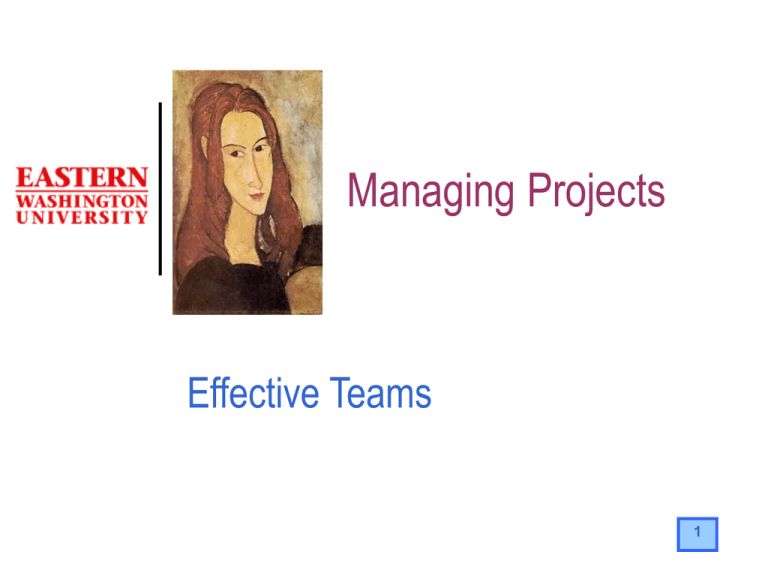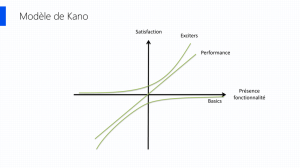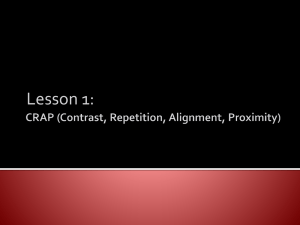Slide 1
advertisement

Managing Projects Effective Teams 1 The Team The success of project work is naturally affected by the people who participate. A sound organizational structure matters; so does good management But, neither will produce a satisfactory outcome if the right people are not on board-or if these people are not clear about their roles 2 The Project Manager Individual charged with planning and scheduling project tasks and day-to-day management of project execution Goal: obtaining results through people and other resources The project manager must rely on his/her leadership qualities to influence behavior and performance 3 Project Manager’s To-Do List Recruit effective participants Provide a framework for the project’s activities Keep the team motivated Coordinate activities Mediate conflicts Identify needed resources Set milestones Manage the budget Ensure that everyone contributes and benefits Keep work on track Assure that project goals are delivered on time and on budget 4 The Team Leader The team leader has 6 important roles: 1. Initiator 2. Model 3. Negotiator 4. Listener 5. Coach 6. Working Member 5 Leader as Initiator The team leader must initiate action. He/she draws attention to actions that must be taken if team goals are to be met. 6 Leader as Model The team leader can use their own behavior to shape others’ behavior and performance 7 Leader as Negotiator The best way negotiate for resources is to frame the situation in a positive way- as mutually beneficial 8 Leader as Listener A good leader spends as much time listening as talking. Listening is a sensing activity that gathers signals from the environment – signals about impending trouble, employee discontent, and opportunities for gain. 9 Leader as Coach A good team leader find ways to help team members excel. Coaching is a two way activity in which the parties share knowledge and experience to maximize a team member’s potential and help him or her to achieve agreed-upon goals. 10 Leader as Working Member A team leader must also pitch in and do a share of the work, particularly in areas where he or she has special competence. Ideally, that share will include one or two unpleasant or unexciting jobs that no one really wants to do 11 Team Leader’s skills Ability to set a direction that others will follow Ability to give and to accept feedback Integrity High standards for performance The team leader must enjoy credibility among team members Having appropriate skills and experience and reputation for dealing effectively with others 12 Team Leader’s To-Do List Spider Man: “With great power, comes great responsibility” 1) Regularly communicate progress and problems 2) Periodically assess team progress, the outlook of members and how much each member views his or her contribution 3) Make sure that everyone contributes and everyone’s voice is heard 4) Do a share of the work 5) Resist the urge to act like a boss The team may select its own leader – or rotate the leadership post ant its responsibilities on a regular basis There can be one leader or several 13 Team Members It’s the project team members who do most of the work. As a consequence, bringing together the right people with the right skills is crucial 14 Criteria for Project Team Membership 1) Skill Assessment 2) Adding and Subtracting Members 15 Skill Assessment (1) Team selection should ideally be determined by the skills needed to accomplish the work 1) Technical skill It is usually the product of special training 2) Problem-solving skill Individual’s ability to analyze difficult situations or impasses and to craft solutions Albert Einstein: "Imagination is more important than knowledge." 16 Skill Assessment (2) 3) Interpersonal skill It refers to an ability to work effectively with others To believe that people are interchangeable, as long as they have the same skill sets is a big mistake 4) Organizational skills People with organizational skills help the team to get things done and avoid conflict 17 Forming the team When forming project teams, there is a natural tendency to focus myopically on technical skills The attention to technical skills often overshadows attention to interpersonal and organizational skills, which, in the long run, may be just as important Individuals who are strong on all four skill measures – technical, problem-solving, interpersonal, and organizational – are few 18 Adding and Subtracting Members Having too few people will slow down and possibly mean that you don’t have all the requisite skills. Having too many will also slow you down by shifting valuable time and energy into communication and coordination efforts. Summarizing recruit as many people as you need to get the job done – but no more Over time, members adjust to the people and the working styles represented on the team. They develop effective patterns for making decisions and communication Newcomers are not fully productive during the time they spend getting oriented. Expend lots of valuable time orienting the new members 19 So minimize turnover as much as possible Team Members’ To-Do List 1) Complete all assigned tasks on time 2) Communicate dissatisfaction and concerns openly and constructively 3) Support the leader and the other members 4) Help others when they ask, and ask for help when you need it 20 Characteristics of Effective Teams 1) Competence 2) A clear and common goal 3) Commitment to the common goal 4) An environment within which everyone contributes and everyone benefits 5) A supportive structure 6) Alignment of project goal with organizational goals 21 Commitment Commitment is a visceral quality that motivates to do work and to keep working when the going gets tough People’s must see their team goal as being very important and worthy of effort Commitment is also a function of goal ownership and mutual accountability Commitment to a common goal is more easily achieved if the number of team members is small 22 Commitment requires a clear goal 23 Fair contribution and reward system Individuals who do not work impair performance and demoralize the active team mates Free riders, slackers or people who won’t keep the right pace cannot be tolerated However, variable contributions to projects are a fact of life It is a fact of life that some people are a lot more capable and productive than others are, since skill level are bound to be different Do not become obsessed with free riding 24 A supportive environment No project team operates in the vacuum Supportiveness or hostility to the project and its goals is bound to have an impact on the project teams’ effectiveness Team based work is more likely to be successful if the organization does not conform to a rigid hierarchical structure A nonhierarchical structure creates habits that are conductive to team-based work – specifically, a willingness to share information, collaboration across organizational boundaries, and employee empowerment 25 Alignment Alignment refers to the coordination of plans, effort, and rewards Alignment gets everyone moving in the same direction – the right direction 26 Summing Up The project manager plays a central role in each phase of the project’s life cycle A team leader takes responsibility for one or more aspects of the work Members of the project team do most of the work. They should be selected on the basis of their skills and ability to collaborate effectively with others A team should have just enough people to do the job and no more Successful teams have these characteristics: competence, a clear and compelling goal, commitment to common goal, environment within which everyone contributes and everyone benefits, a supportive environment, and alignment of project goals with organizational goals. 27











